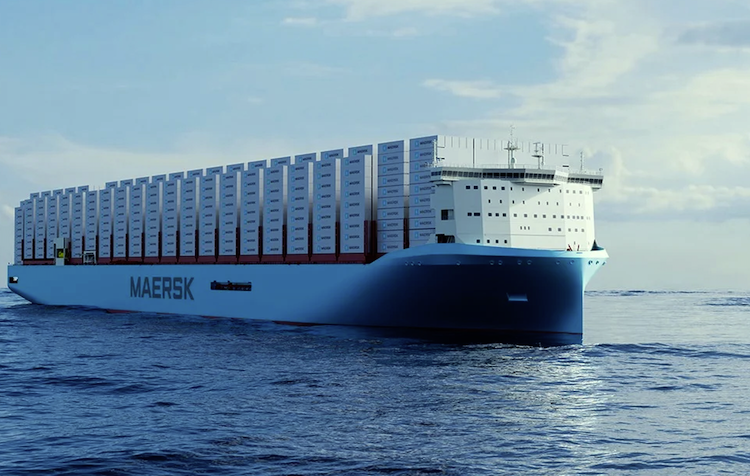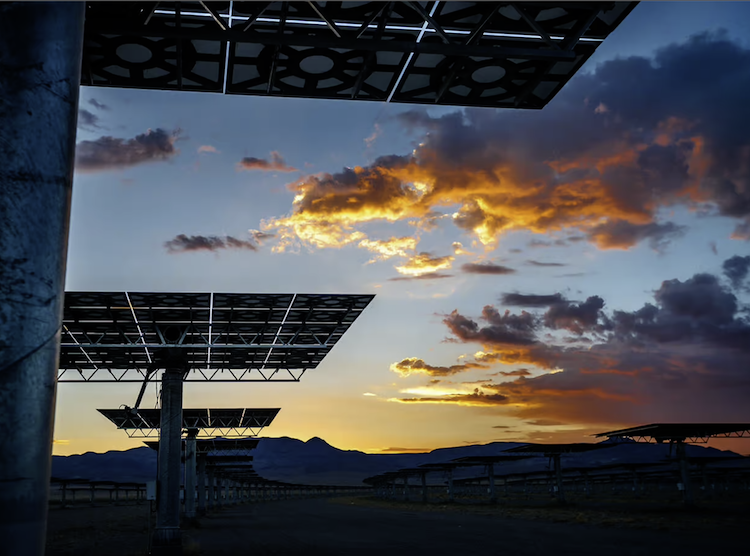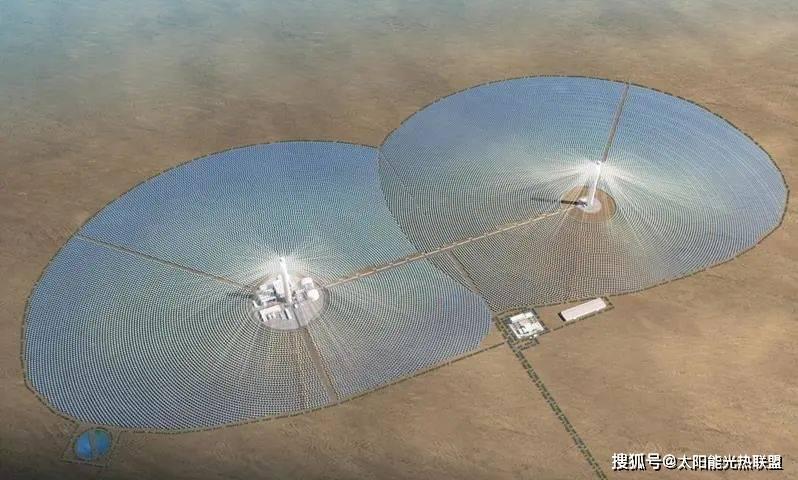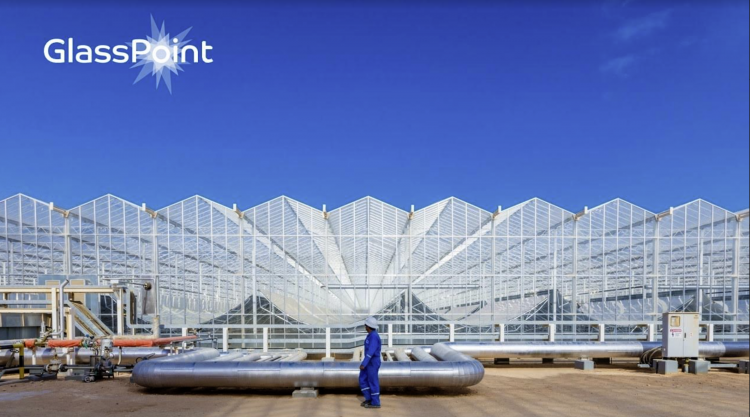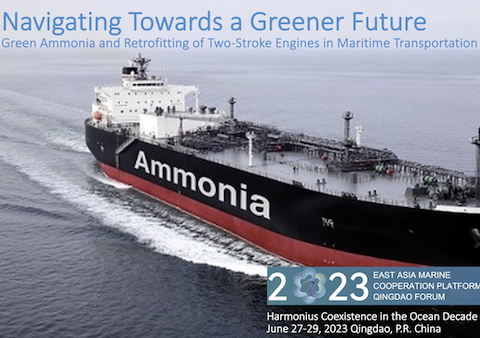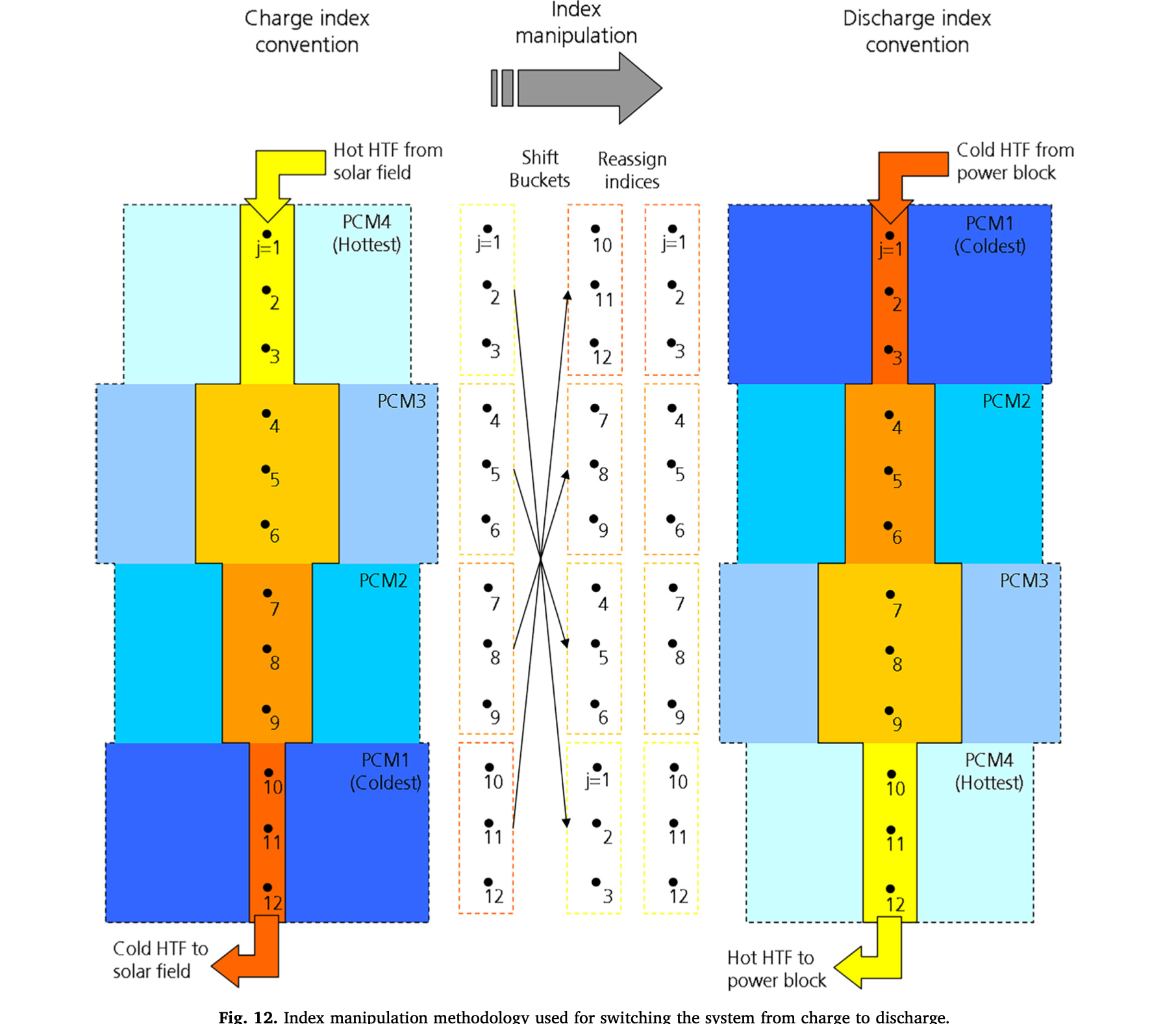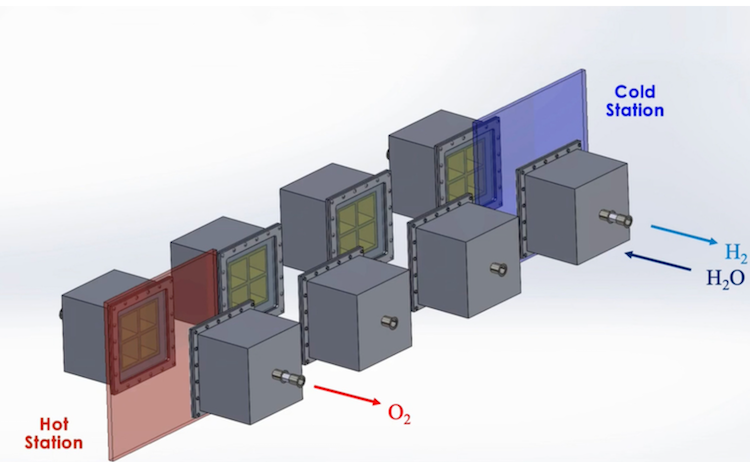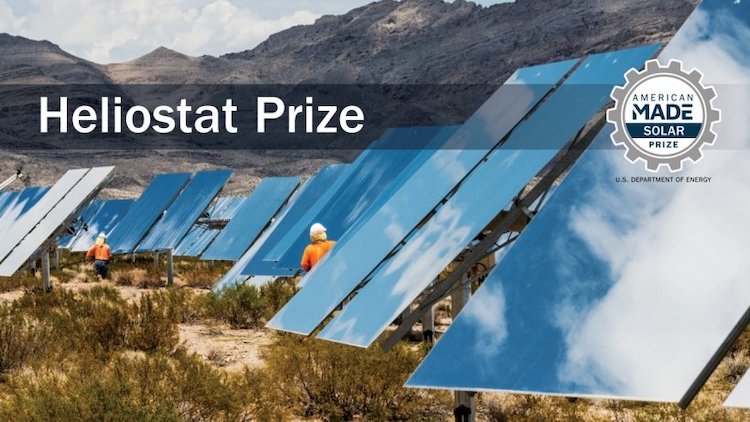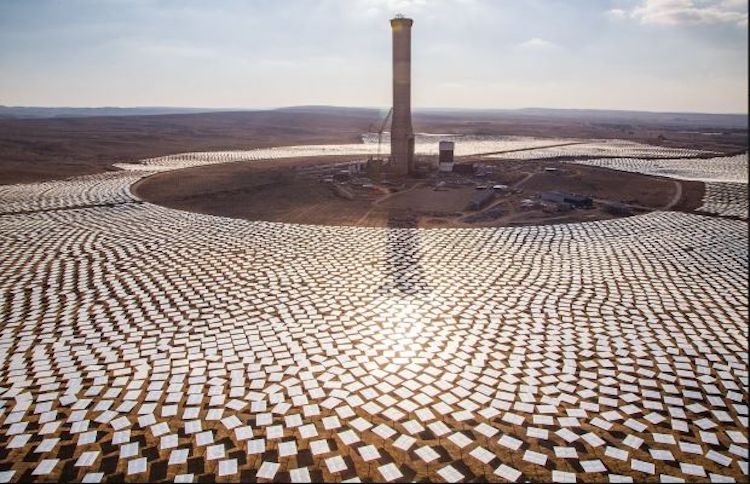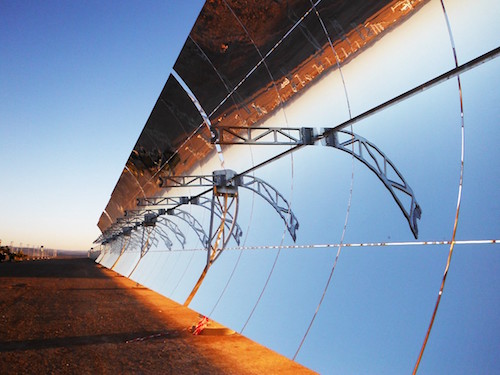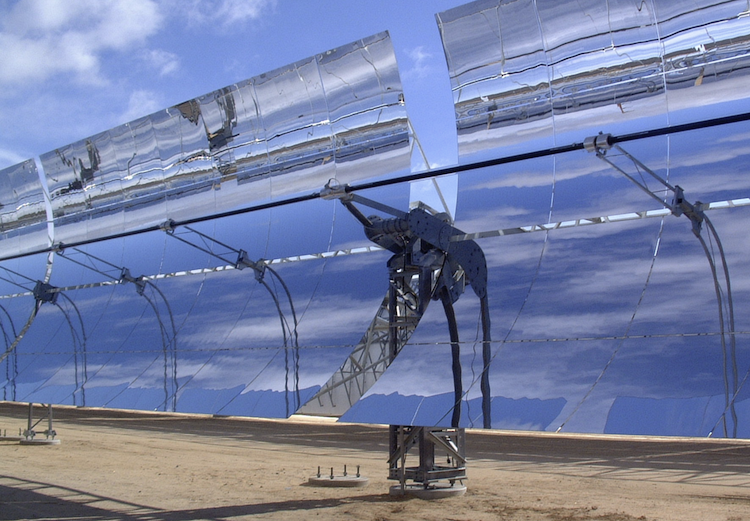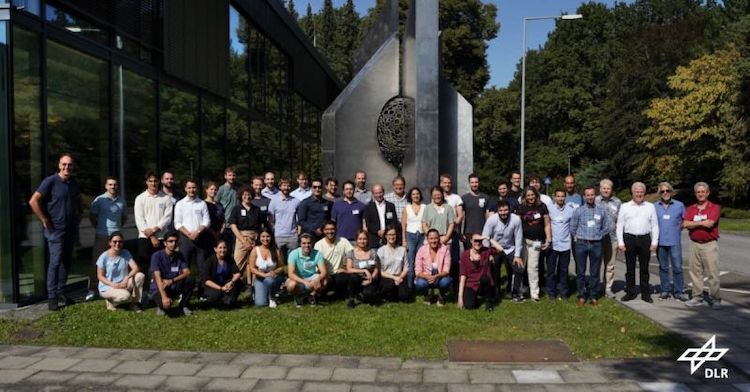
IMAGE@News.cn
Wet cooling of Concentrated Solar Power (CSP) plants would be preferable if there was plenty of available water, because it promotes greater thermal efficiency. However, most CSP tends to be built in very arid regions, and so for environmental reasons, developers increasingly get these solar thermal power projects permitted only by planning less-efficient dry cooling.
But because of the thermal efficiency advantage of wet cooling, two researchers had the idea to look into the feasibility of using water that has already been set aside for farmland irrigation – and using it before it gets emptied out onto farmland.
Stellenbosch University STERG (Solar Thermal Energy Research Group) researchers Abiola Kehinde and Jaap Hoffmann believe that tapping into water set aside for irrigation could improve CSP plant bankability in regions with a good solar resource, if there is farmland nearby watered by irrigation canals, as there is in California, Egypt, Sudan and many African nations.
In South Africa, for example, agriculture and irrigation are responsible for the bulk of water consumption (62 percent) and irrigation water there could potentially be first used in cooling for CSP, without actually consuming the water.
They took a look at the feasibility of tapping into irrigation water before it is emptied onto farmland, in one such region; in South Africa, along the lower Orange River, in the Northern Cape, and modeled the cooling in a 50 MW tower CSP plant sited alongside its irrigation canal: in their paper Feasibility Study of Once-Through Cooling for Solar Thermal Power Plant on the Lower Orange River. South Africa is somewhat unique, in that its largest river runs through land that is also its best region for CSP, according to Hoffman, who grew up in the area.
By using water that has been extracted to irrigate farmland, and returning it to the irrigation canal afterwards, there is no net loss of water in the region. They found that there is no law against using future irrigation water from irrigation canals before it is used to irrigate farmland.

Vlakfontein irrigation canal, South Africa IMAGE@Aurecon Group
“The irrigation water is in a separate canal. It is extracted from the river at Boegoeberg Dam, between Prieska and Groblershoop, and then water from the canal is used to flood beds of crops,”said Hoffmann. “Environmental legislation deals with returning water to an ecosystem. But in this application, water would be used for irrigation so it doesn’t return to the river.”
So, since the water is not returned to the river, temperature restrictions on water outlet temperature could be somewhat relaxed.
But how hot would be too hot?
“Literature indicates that water temperature might have an effect on plant growth, but most data is for rice paddies, where plants are permanently semi-submerged. It would seem that frigid water is more of a problem than lukewarm water, because even lukewarm water is able to cool down the soil,” he said.
“A horticultural study on the effect of water temperature on crop production is required, before we can pursue the engineering any further. We are currently talking to Dr. Elmie Lötze of the horticulture department about further studies in this field.”
A key challenge in their Feasibility Study of Once-Through Cooling for a Solar Thermal Power Plant on The Lower Orange River was uncertainty concerning the real hourly temperature of irrigated water throughout the year. So they used hourly temperature of the river as a proxy for the irrigation water temperature at the canal.
How the cooling system at the CSP plant
The condenser in a CSP plant is a heat exchanger that condenses the steam that was used to turn the turbines. It requires an external coolant (water or air) to remove the heat from the steam. It works in a similar way to the radiator in a car, except that in a car, hot water, not steam is cooled.
In once-through wet cooling, cold water is passed through thousands of small horizontal tubes, and steam condenses on the outside of the tube. The steam is in a shell, and a tube plate (a perforated plate, with tubes fitted tightly in the holes) seals the two ends. The steam is under vacuum, so a tight seal is required. It is possible to size the condenser to limit the temperature increase to no more than 10 °C above the natural water temperature.
Normally, the water for cooling thermal power plants is chemically treated to prevent fouling. But since this water would next be used for irrigation after going through the CSP system, these chemicals would likely end up in the food chain, so chemical treatment would have to be environmentally benign for agriculture.
“There are fish in the river, and they do find their way into the irrigation system,” Hoffmann noted. “They eventually end up dead in the fields, as water drains into the soil after irrigation. Screening would be required to prevent them from entering the condenser at the CSP plant.”
Preventing fouling will be their next challenge, but they don’t know how big of a problem that is yet, with little research to go by. They are looking for funding to follow up in order to find a solution to prevent fouling, while not impacting the next water “customer” in line – the farm field.














